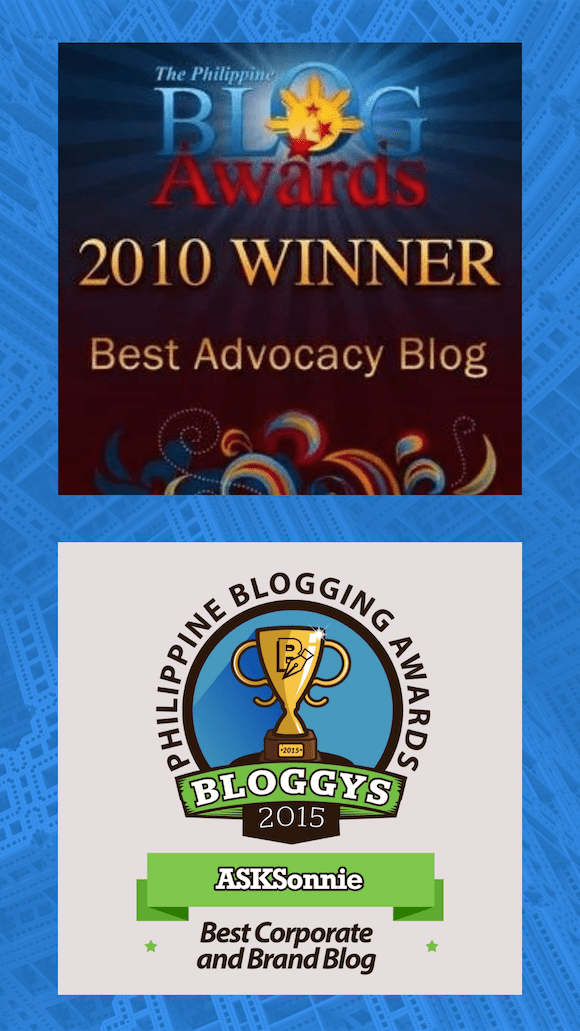Update: You can view or download the following materials
- DOLE’s powerpoint slide: Policies on Family Welfare in the Workplace, courtesy of ECOP
- Checklist of priority activities, courtesy of ECOP
- Advisory on Family Health Program Services by DOLE

Photo Credit: DOLE-OSHC
I participated in a forum with representatives from the gov’t, employers group, labor union and NGO’s to discuss the new initiative from Department of Labor and Employment. During the presentation, it was noted that present CBAs include non cash benefits such as family planning & family welfare, thus, institutionalising a family oriented program is a timely move. Below is the gist of the new program: SOURCE : DOLE Dept. Order No. 56-03 Series of 2003 BASES:
- Article 134 of the Labor Code
- 1995 International Conference on Women.
- 1999 International Conference on Population and Development Program of Action.
- The Philippine Population Management Program
- Directional Plan for 2002-2004.
- The Philippine Plan for Nutrition 1999-2004
New Priorities and 10 Dimensions of the Family Welfare Program of DOLE
- Reproductive Health and Responsible Parenthood.
- Education/ Gender Equality
- Spirituality or Value Formation
- Income Generation/Livelihood/Cooperative
- Medical Health Care
- Nutrition.
- Environment Protection, hygiene and Sanitation
- Sports and Leisure
- Housing.
- Transportation
Employers Responsibility
- Establishment employing more than 200 workers in any locality “shall” form a Family Welfare (FWC) committee through the assistance of the DOLE Regional Offices. Those employing less than 200 employees are “encourage” to do the same.
- Employers are urged to provide the necessary support, assistance and resources to FWC in the conduct of capability building activities for labor and management leaders, members of FWC committee, clinic and clinic staff, and peer educators.
The government believed that the program will result to less absenteeism and high morale of employees. But both the employer and labor group raised the following concerns:
- The ten dimensions of the program can be used by employee against management. (employer)
- The ten dimensions may be too expensive for management. (employer)
- With this order, it seemed that there is no more room for CBA negotiation. (labor)
- On the item of family planning, conservative management may not welcome the idea of artificial contraceptives. (labor)
- What constitute compliance is not clear. (employer and labor)
Given the issues raised, the participants gave these suggestions:
- Concrete study on the effect of the program to the company’s ‘bottom line’ and employee engagement and retention.
- Focus the roll-out first on projects that will add value






We started it in 2014. Program installation took almost a year. The thrust took on the FWP, but the technical guidelines were mostly tailored and mobilized under the amended DOLE OSHS Guidelines (to ensure and cover good reportorial compliance). We tried to pick-out dimensions based on efficiency/applicability and of value to Employee Retention and Employee Engagement (half of the committee were volunteer employees). Here are some tips to start the fleet: 1) It’s important to get the buy-in of the C-suite; (2) create a program policy in place; (3) employ a qualified, dedicated (or as an adjunct job role) Safety… Read more »
programs like this is laudable but it is pity to know how could you come up with such plans or programs without even considering the high probability of its failure due largely to some of our corrupt officials and well to me this is just a good shot of alibis to drain our public funds for their personal use.i do not want to look it that way and i suppose to be positive as i could be so much that changes take place in our midst but again i do not want to just close my eyes to the naked… Read more »
Sir, if my understanding is correct, the companies are supposed to fund this program for their employees. Basa-basa din pag may time